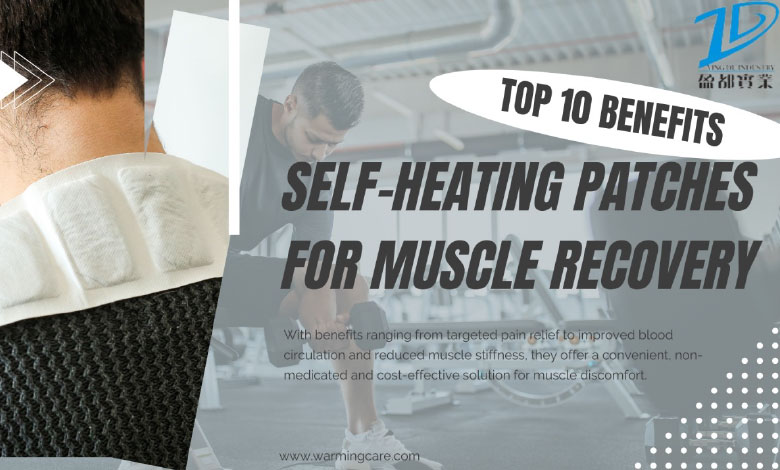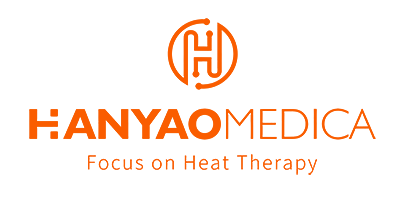Self-heating patch is a common form of heat therapy that release heat when applied to the skin and is used to relieve muscle pain and soothe discomfort. However, not everyone is suitable for using self-heating patch, and there are some contraindications to be aware of. Here are some common scenarios:

Suitable for the people:
General population: Most people can generally safely use self-heating patch to relieve or discomfort.
Muscle pain patients: Self-heating patch has a certain effect on relieving muscle pain, arthritis and other problems.
Contraindications:
1.Sensitive skin: For people with sensitive skin or prone to allergies, using self-heating patch may cause skin discomfort or allergic reactions.
2.Skin damage: Using self-heating patch on areas with open wounds, burns, or other skin damage may cause infection or worsen the wound condition.
3.Circulation issues: People with cardiovascular disease, high blood pressure, or other circulatory issues may need to avoid overuse of self-heating patch, which can affect circulation and heart function.
4.Children and the elderly: Children and the elderly have more fragile skin and need to be extra careful when using self-heating patch to avoid burns or other adverse reactions.
5.People with abnormal sensation or inability to protect themselves: such as long-term bedridden patients or patients with paralysis, caution is required when using them to avoid burns or other injuries.
Before using self-heating patch, it is best to consult a doctor or health care professional to learn about their suitability and how to use self-heating patch correctly. People with contraindications should seek medical advice to select a more appropriate treatment.


